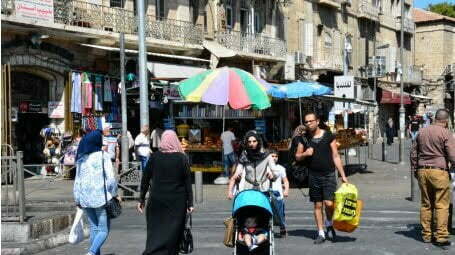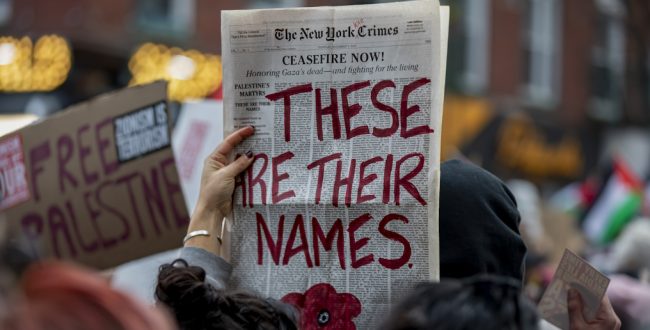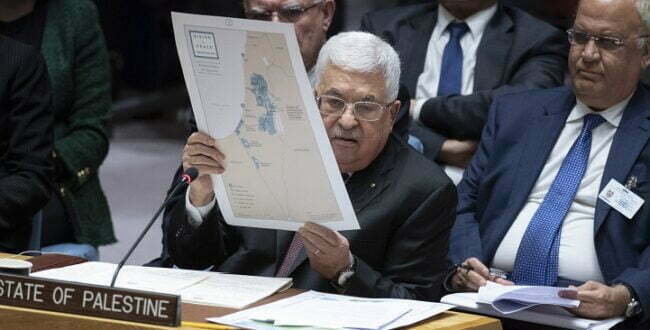It seems that 2017 was a good year for Palestinians in East Jerusalem, in terms of the status accorded them by the Israeli High Court of Justice. Over the course of the year, the Court issued three separate rulings that indicate a shift in approach – acknowledging the unique situation of this population and, perhaps, the need to regulate their status accordingly.
For Palestinians in East Jerusalem, their status as permanent residents of Israel hangs by a thread: It expires if they leave the country for a lengthy period of time. If they temporarily relocate abroad for studies, work or any other reason, they run the risk of losing residency rights and being unable to return home. That is because, according to the legal doctrine set forth in the Awad case, Palestinians from East Jerusalem are considered ordinary permanent residents of Israel. They are subject to the same rules as migrants in Israel, although they are far from being migrants and in fact have been living in East Jerusalem since before Israel annexed it. This formal definition is compounded by the enforcement policy led by the Ministry of the Interior, which makes it especially difficult to retain residency status even for Palestinians who do live in Jerusalem and maintain it as the center of their lives.
In 2017, the Court issued three rulings that, in conjunction, laid out a new approach to the residency status of Palestinians in East Jerusalem. In the Al Hak case, discussed previously, the Court ruled that in making decisions on requests for reinstatement of residency, the Minister of Interior must take into consideration the unique situation of Palestinians in East Jerusalem as “indigenous residents” who, “unlike those who acquire permanent residency following migration to Israel, are strongly tied to their place of residence, as they – and sometimes their parents and grandparents – were born there, and it has been the site of their family and community life for years”. The weight of this statement as a matter of principle was inconclusive, as the decision was based in part on the special circumstances of the particular case. The Court’s meaning was, however, made unequivocal in later rulings.
The Halil case raised almost identical concerns. Nadia Halil was born in East Jerusalem, moved to the US in 1980 at the age of 20 and was naturalized there. In 1994 she returned to Jerusalem, after several visits over the years. When she asked to allow her daughters, one of whom had been born in Israel, to acquire residency, she was informed that her own residency had expired. Since then, for over 20 years, she has been attempting to regulate her status. In a December 2017 decision, the Court relied on the Al Hak case to determine that the special status of East Jerusalem Palestinians as “indigenous residents” must be taken into consideration. The Court ordered that the Minister of the Interior immediately reinstate Halil’s residency. In this case, too, the Court noted that it was relying on the particulars of the case.
Between these two rulings, the Court decided the Abu Arefah case, again concerning East Jerusalem residency, although in a different context. The Court was asked to determine whether the Minister of the Interior is permitted to revoke the residency of Palestinians from East Jerusalem on the grounds of “violating the obligation of allegiance”. The majority opinion held that only explicit authorization by law could lend the Minister this power. As the law is phrased in general terms, the majority of the justices held that the Minister had acted without authorization. The important point regarding the issue at hand is that the majority (led by Justice Vogelman) and one of the minority judges (Justice Hendel) repeatedly referred to Palestinians in East Jerusalem as an indigenous group.
Taken together, these rulings mark a clear trend: recognizing Palestinians in East Jerusalem as a unique group, with the legal consequences this creates. Moreover, in Abu Arefah and Halil, a number of justices explicitly stated that the time has come to reconsider the Awad doctrine that views Palestinians in East Jerusalem as ordinary permanent residents. The Court stressed that applying the Law on Entry into Israel uniformly to all permanent residents does not give appropriate weight to the unique situation of Palestinians in East Jerusalem, who are not migrants. Rather, the Court stated, they are “indigenous residents”, an “indigenous population” and “native to the territory”.
The term indigeneity does not exist in Israeli law, and its meaning in international law is not entirely clear. Moreover, under international law, Palestinians in East Jerusalem are considered “protected residents” living in occupied territory, and their status is regulated under the laws of occupation. Despite the Court’s ambiguous reference to indigeneity, a key aspect of its approach appears to be recognizing these residents as a distinct group. Accordingly, it is time to acknowledge the problems inherent to this group’s legal status as a matter of principle, rather than make do with resolving individual cases.
It is somewhat ironic that on the year marking the ‘unification’ of Jerusalem, the Court’s decisions underscore that the territory has been unified, but not the people. It remains to be seen whether the Court will pick up the gauntlet it has thrown down and examine not only the petitions and appeals brought before it, but also the fundamental issue of the legal status of East Jerusalem Palestinians.
Translated by Michelle Bubis


















